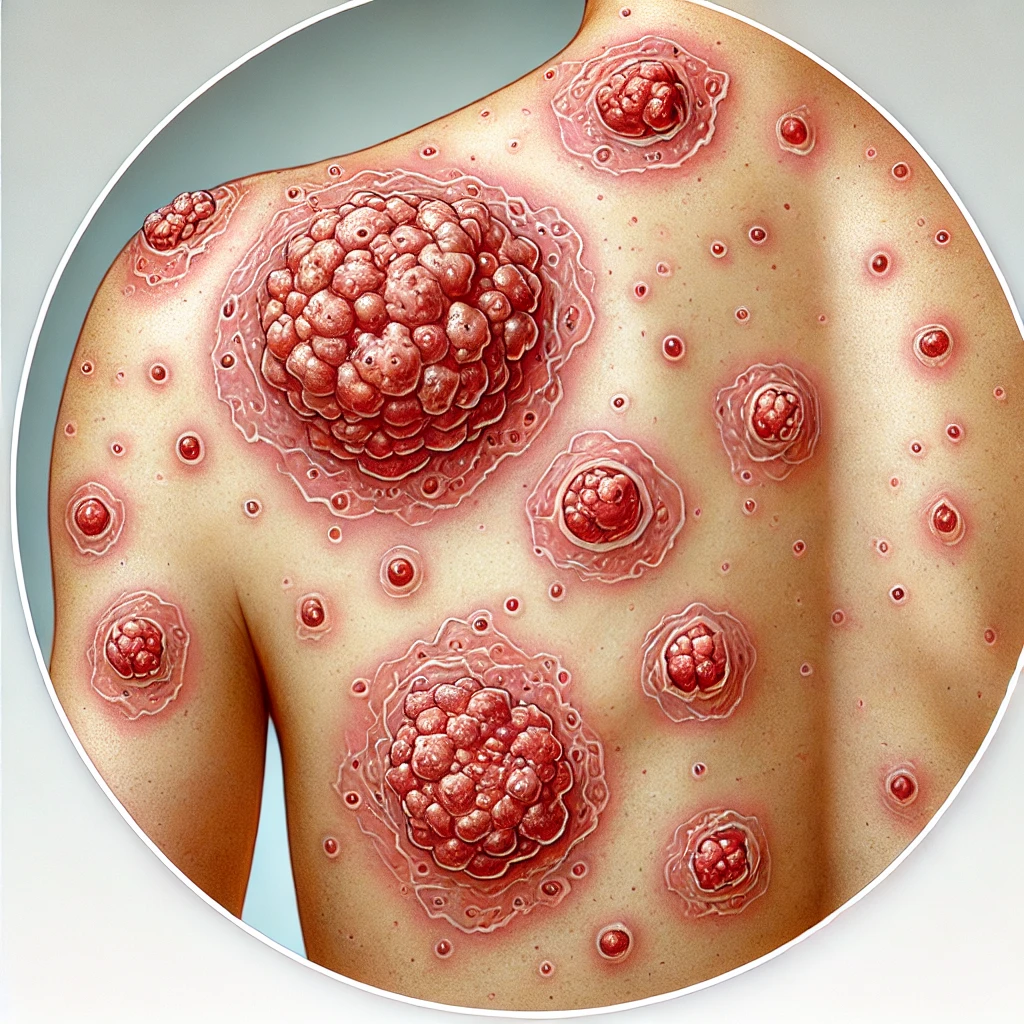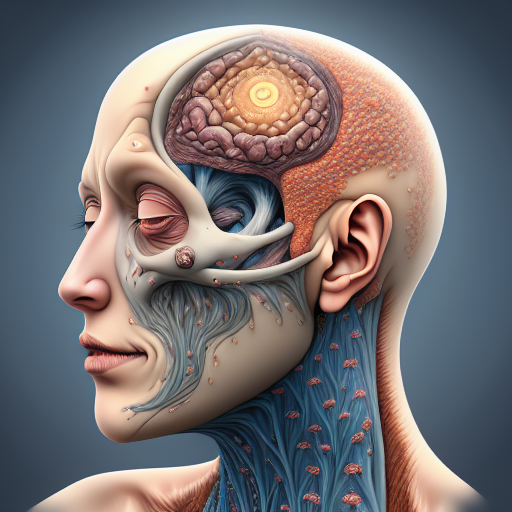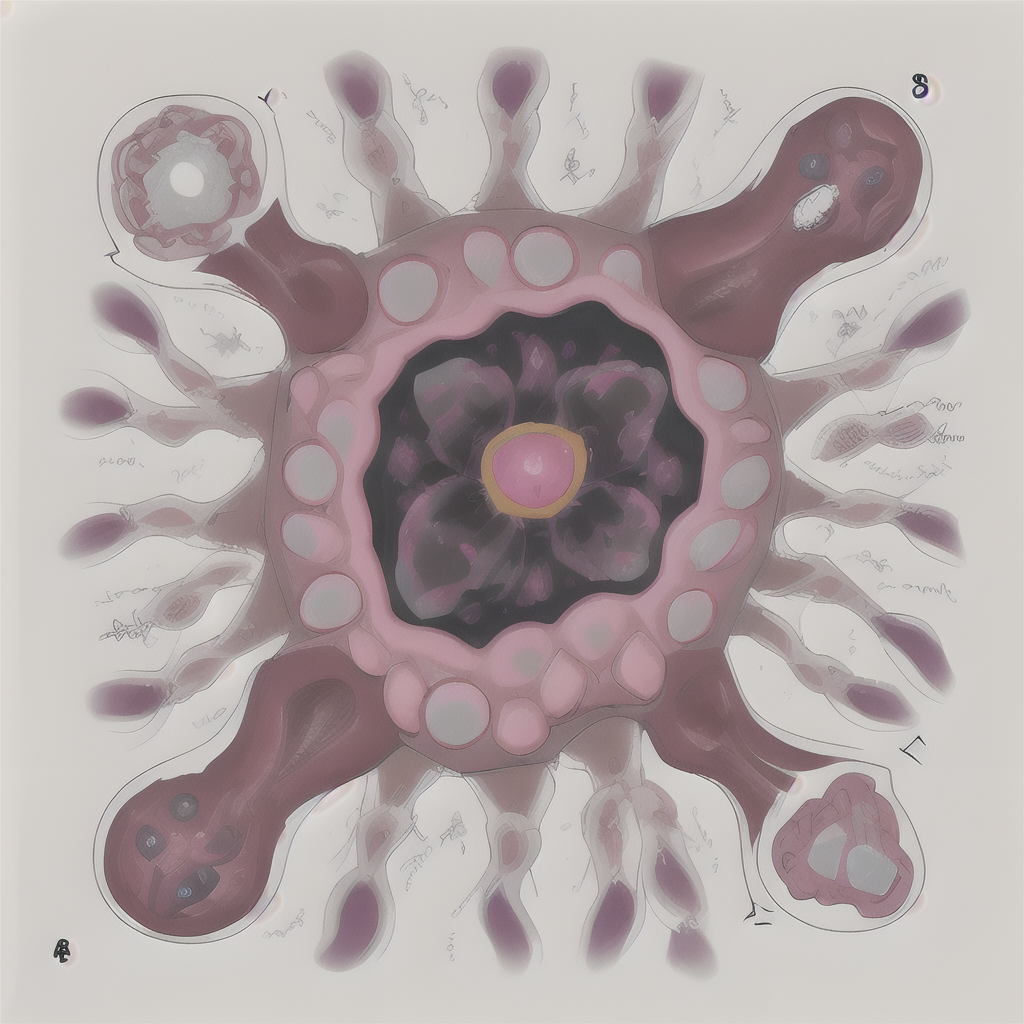What Are the Symptoms and Signs of Mycosis Fungoides

Mycosis fungoides is a rare type of skin lymphoma that affects a small percentage of the population. It accounts for about 50% of all primary cutaneous lymphomas and represents 60-70% of cutaneous T-cell lymphomas. Globally, its incidence is estimated at 6.4 cases per million people, with around 3.6 cases per million annually in the United States. This condition often begins with red, scaly patches that resemble common skin issues like eczema or psoriasis. These similarities can delay diagnosis, as symptoms overlap with benign conditions. In many cases, multiple biopsies and specialized tests are necessary to confirm the disease.
Key Takeaways
Mycosis fungoides is a rare skin cancer. It often begins with red, scaly spots that look like eczema or psoriasis.
Constant itching or irritation in these spots might mean mycosis fungoides. See a doctor if it gets worse.
Finding it early is very important. Watch for strange skin changes, especially on areas not in the sun.
In later stages, it can cause serious problems like fever, weight loss, and big lumps. Get medical help right away.
Doctors need tests like skin samples and blood work to diagnose it. Don’t ignore symptoms that don’t go away.
Early Symptoms of Mycosis Fungoides

Red, Scaly Patches
One of the earliest signs of mycosis fungoides is the appearance of red, scaly patches on your skin. These patches may look like common skin conditions, such as eczema or psoriasis, making them easy to overlook. The patches often feel dry or rough to the touch and may have a shiny or wrinkled surface. In some cases, they appear flat, while in others, they may thicken or evolve into raised plaques over time. These irregular lesions can vary in size and shape, adding to the challenge of identifying them early.
Itchy Rash and Skin Irritation
You might notice persistent itching or irritation in the affected areas. This discomfort can range from mild to severe, depending on the stage of the condition. The rash may start as small, red spots or lesions that gradually spread or darken to shades of brown or purple. Over time, the itching can worsen, especially as the patches grow or change in texture. If you experience ongoing skin irritation that doesn’t respond to typical treatments, it’s important to consider seeking medical advice.
Commonly Affected Areas of the Body
In the early stages, mycosis fungoides tends to develop in areas of your body that are less exposed to sunlight. These include the chest, lower abdomen, and buttocks. You might also notice red patches on your trunk or extremities. These areas are often overlooked because they are not as visible as other parts of the body. Paying attention to these regions can help you identify unusual changes sooner.
Tip: If you notice persistent red patches or irritation in these areas, don’t ignore them. Early detection can make a significant difference in managing mycosis fungoides effectively.
Progression Through the Stages of Mycosis Fungoides

Patch Stage
In the patch stage, you may notice irregular, red skin lesions that often appear in areas protected from sunlight, such as the chest, lower abdomen, or buttocks. These patches can vary in size and shape, with some being small and others covering larger areas. The skin in these regions may feel scaly or wrinkled, and the lesions might look like common skin conditions.
Under a microscope, doctors observe specific characteristics in this stage. For example, there is an increased number of mononuclear cells, which are distributed singly or in small groups within the epidermis. These cells often appear surrounded by clear spaces, creating a "haloed" effect. While atypical cells may not always be present, early nonatrophic patches are considered evolving lesions of mycosis fungoides.
Characteristic | Description |
|---|---|
Mononuclear Cells | Increased number of mononuclear cells distributed singly or in small groups |
Haloed Cells | Clear spaces around cells create a "haloed" appearance |
Early Nonatrophic Patches | Evolving lesions of mycosis fungoides |
Plaque Stage
As mycosis fungoides progresses, the patches may thicken and develop into raised plaques. These plaques often have a more defined border and a darker color, ranging from red to brown or purple. You might notice that the plaques feel firmer than the earlier patches and may cause more intense itching or discomfort.
Plaques can appear in the same areas as the patches or spread to new regions of your body. The skin may become more sensitive, and the plaques might start to crack or bleed if irritated. This stage often requires closer medical attention, as the condition becomes more distinct and easier to diagnose.
Tumor Stage
In the tumor stage, the condition becomes more severe. You may see large, mushroom-like tumors on your skin. These growths are often rounded and can appear bluish or red-brown. The skin in these areas may thicken significantly, and the lower layers can become necrotic, leading to tissue damage.
Symptom | Description |
|---|---|
Mushroom-like Tumors | Rounded and bluish or red-brown |
Skin Thickening | Thickening of the skin |
Necrosis | Lower layers may become necrotic |
During this stage, you might also experience systemic symptoms, such as severe fatigue, weight loss, or fever. These symptoms indicate that the disease has advanced and may affect other parts of your body. If you notice these changes, seeking immediate medical care is crucial.
Advanced Stages and Systemic Symptoms
In advanced stages of mycosis fungoides, you may notice more severe symptoms that go beyond the skin. These symptoms often indicate that the disease has spread to other parts of your body, such as the lymph nodes, blood, or internal organs. Recognizing these signs early can help you seek timely medical care.
Systemic symptoms, also known as "B symptoms," are common in advanced stages. These include:
Persistent fever that doesn’t seem to have another cause.
Unexplained weight loss, even if your diet hasn’t changed.
You might also experience severe fatigue, night sweats, or a general feeling of being unwell. These symptoms can make daily activities more challenging and may worsen over time. If you notice these changes, it’s important to consult a healthcare provider immediately.
In addition to systemic symptoms, the skin lesions themselves may become more aggressive. Tumors can grow larger, ulcerate, or become infected. This can lead to pain, bleeding, or further complications. The affected areas may also feel tender or swollen, making it difficult to move or rest comfortably.
Note: Advanced stages of mycosis fungoides require specialized treatment. Early intervention can improve your quality of life and slow disease progression.
If you experience any of these symptoms, don’t delay seeking medical advice. A healthcare professional can perform tests to determine the extent of the disease and recommend appropriate treatment options.
Differentiating Mycosis Fungoides from Other Skin Conditions
Similarities to Eczema and Psoriasis
In its early stages, mycosis fungoides can closely resemble eczema or psoriasis. You might notice generalized itching and red patches on your skin, which are common symptoms of both conditions. These similarities often make it difficult to distinguish between them without medical evaluation. Like eczema, mycosis fungoides may cause persistent irritation and dryness. The overlapping symptoms can lead to delays in diagnosis, as the condition may initially respond to treatments for more common skin issues.
Key Differences in Symptoms and Progression
Although mycosis fungoides shares some symptoms with eczema and psoriasis, its progression sets it apart. Eczema and psoriasis typically remain confined to the skin, while mycosis fungoides can advance to affect deeper tissues, lymph nodes, and even internal organs. You may notice that the red patches in mycosis fungoides evolve into thicker plaques or tumors over time, which is uncommon in eczema or psoriasis. Additionally, systemic symptoms like unexplained weight loss, fever, or night sweats often appear in advanced stages of mycosis fungoides, signaling its progression beyond the skin.
Importance of Medical Diagnosis
Accurate diagnosis is essential for distinguishing mycosis fungoides from other skin conditions. If you experience persistent or worsening symptoms, consult a healthcare provider. They may use a combination of diagnostic tools to confirm the condition.
Diagnostic Tool/Method | Description |
|---|---|
Physical exams | Initial assessment by a doctor to evaluate skin condition. |
Skin biopsies | Examination of a small skin sample to identify abnormalities. |
Lymph or tissue biopsies | Further analysis of lymph nodes or tissue for signs of mycosis fungoides. |
Blood tests | Tests to check for specific markers or abnormalities in the blood. |
Specialized T cell tests | Tests focusing on T cells to assess their role in the condition. |
CT scans | Imaging to evaluate potential organ involvement or spread of the disease. |
Genetic tests | Tests to identify genetic markers associated with mycosis fungoides. |
Immunohistochemistry | Technique to visualize specific proteins in biopsy samples. |
Electron microscopy | High-resolution imaging to examine skin cells at a microscopic level. |
In situ hybridization | Method to detect specific nucleic acid sequences in biopsy samples. |
Polymerase chain reaction (PCR) | Technique to amplify DNA sequences for detailed analysis. |
Fluorescent in situ hybridization (FISH) | Method to detect and localize specific DNA sequences in cells. |
T-cell receptor (TCR) gene studies | Analysis of T-cell receptor genes to understand the immune response. |
Dermoscopy | Non-invasive imaging technique to differentiate mycosis fungoides from other skin conditions. |
These tools help doctors identify the unique characteristics of mycosis fungoides, ensuring you receive the appropriate treatment. Early and accurate diagnosis can significantly improve outcomes and prevent complications.
When to Seek Medical Advice for Mycosis Fungoides
Persistent or Worsening Skin Symptoms
You should pay close attention to any skin changes that persist or worsen over time. Red, scaly patches that don’t respond to over-the-counter treatments could indicate something more serious. If these patches evolve into thicker plaques or develop into tumors, it’s time to consult a healthcare provider.
Persistent itching is another warning sign. While occasional itching is common, ongoing irritation that disrupts your daily life may suggest an underlying condition. You might also notice that the affected areas become more sensitive, crack, or bleed. These symptoms often require medical evaluation to rule out conditions like mycosis fungoides.
Tip: Keep track of your symptoms. Note when they started, how they’ve changed, and any treatments you’ve tried. This information can help your doctor make an accurate diagnosis.
Family History or Risk Factors
Your family history can play a role in your risk of developing mycosis fungoides. If close relatives have experienced skin lymphomas or other immune-related conditions, you may have a higher likelihood of developing this disease.
Certain risk factors also increase your chances. These include a weakened immune system, exposure to certain chemicals, or a history of chronic skin conditions. If you fall into one of these categories, staying vigilant about your skin health is essential. Regular check-ups with a dermatologist can help catch potential issues early.
Note: Even if you don’t have a family history or known risk factors, unusual or persistent skin symptoms should not be ignored. Early detection can lead to better outcomes.
Mycosis fungoides is a rare but serious condition that often mimics common skin issues. Early diagnosis can significantly improve outcomes. Many patients diagnosed at an early stage experience long-term remission and minimal symptoms. For instance, individuals with Stage IA mycosis fungoides have a 94% survival rate at five years, while those with Stage IB/IIA have an 80% rate.
Treatment options like topical steroids, ultraviolet light therapy, and systemic therapies improve quality of life by targeting skin lesions and managing advanced disease. If you notice persistent or unusual skin changes, consult a healthcare professional promptly. Early intervention can enhance your quality of life and slow disease progression.
FAQ
What causes mycosis fungoides?
The exact cause of mycosis fungoides remains unknown. Experts believe it may involve genetic mutations or immune system abnormalities. Environmental factors, such as chemical exposure, might also play a role. However, it is not contagious or hereditary.
Can mycosis fungoides be cured?
There is no definitive cure for mycosis fungoides. Treatments focus on managing symptoms and slowing disease progression. Early-stage cases often respond well to therapies like topical steroids or light treatments, improving quality of life.
Is mycosis fungoides life-threatening?
In early stages, mycosis fungoides rarely poses a serious threat. Advanced stages can affect internal organs, making the condition more severe. Early diagnosis and treatment significantly improve outcomes and reduce complications.
How is mycosis fungoides diagnosed?
Doctors diagnose mycosis fungoides through skin biopsies, blood tests, and imaging studies. These tests help identify abnormal T-cells and assess disease progression. Multiple biopsies may be necessary for an accurate diagnosis.
Who is at risk for mycosis fungoides?
Mycosis fungoides typically affects adults over 50. Risk factors include a weakened immune system, chronic skin conditions, or exposure to certain chemicals. However, anyone can develop this rare condition, regardless of age or background.
See Also
Exploring Mycosis Fungoides: A Type of Skin Lymphoma
Defining Cutaneous T-Cell Lymphoma and Its Key Symptoms
Examining Lymphomatoid Granulomatosis: Symptoms and Treatment Options
Kaposi Sarcoma: Understanding Its Symptoms and Characteristics
